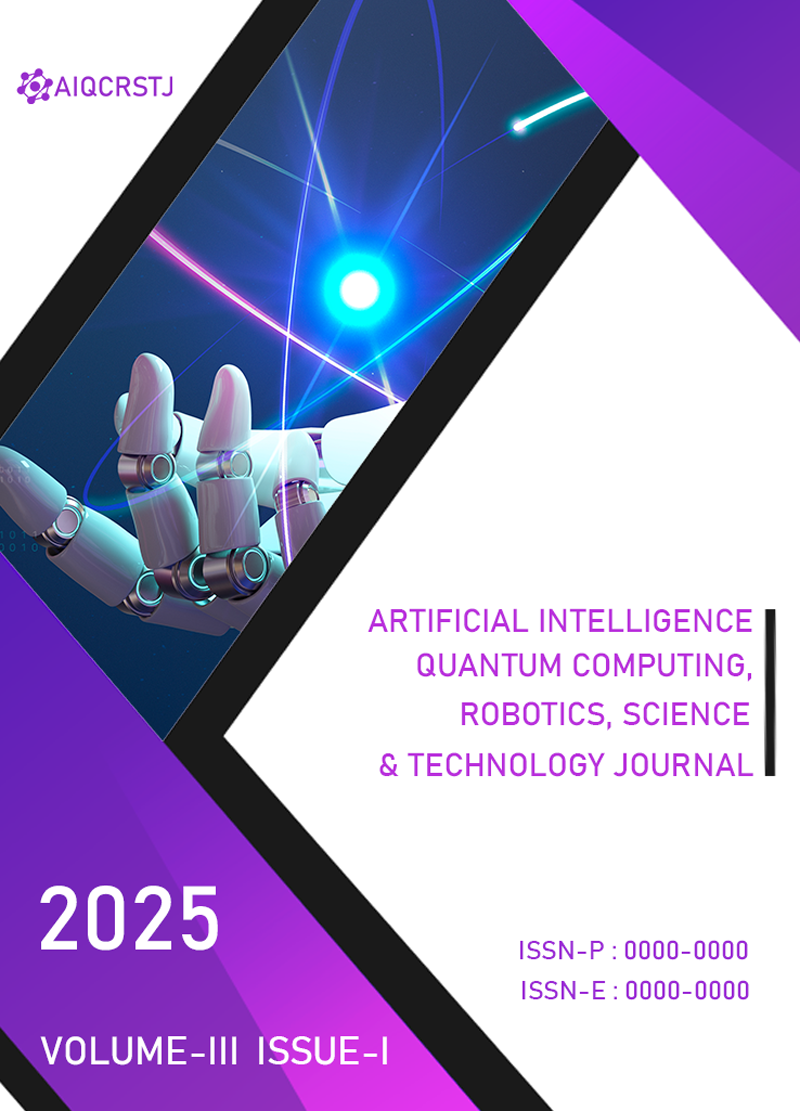Blockchain, AI and Quantum Networks: A Tri-Layer Modelfor Secure Transactions in Finance and Healthcare
Keywords:
blockchain, quantum networks, quantum key distribution, AI, federated learning, post-quantum cryptography, secure transactions, healthcare, finance, tri-layer architectureAbstract
Rapid digitization of financial and healthcare services has produced immense value while also increasing systemic vulnerability: sensitive transactions and records must be exchanged across complex, heterogeneous ecosystems subject to cyber-attacks, fraud, and regulatory scrutiny. In parallel, three technological trends distributed ledger technologies (blockchain), artificial intelligence (AI), and quantum communications/networks are each maturing and offer complementary capabilities: blockchain affords decentralized integrity and transparent audit trails; AI provides adaptive threat detection and automated decisioning; and quantum networks (including quantum key distribution, QKD) promise information-theoretic or quantum-resilient security primitives. In this paper we introduce a Tri-Layer Model that integrates these three technologies into a coherent architecture for secure, privacy-preserving transactions in finance and healthcare. We (1) synthesize the theoretical foundations and practical properties of each layer; (2) propose concrete hybrid architectures that place blockchain as the transaction ledge, AI as the adaptive analytics and policy engine, and quantum networks as the secure transport and post-quantum key infrastructure; (3) provide threat-centric security analyses and formalize trust and threat models; (4) outline deployment patterns, interoperability and regulatory considerations; and (5) present benchmarking and evaluation protocols for assessing security, performance, and privacy tradeoffs. We ground the discussion with recent literature and industry developments that show how post-quantum cryptography, QKD pilots, federated learning, and blockchain pilots are being used in finance and healthcare contexts. While practical constraints remain (cost, latency, hardware maturity), the tri-layer model offers a roadmap to progressively harden critical systems today while enabling a migration path toward quantum-resilient infrastructures.
Downloads
Published
Issue
Section
License
Copyright (c) 2025 Artificial Intelligence, Quantum Computing, Robotics, Science and Technology Journal

This work is licensed under a Creative Commons Attribution 4.0 International License.

